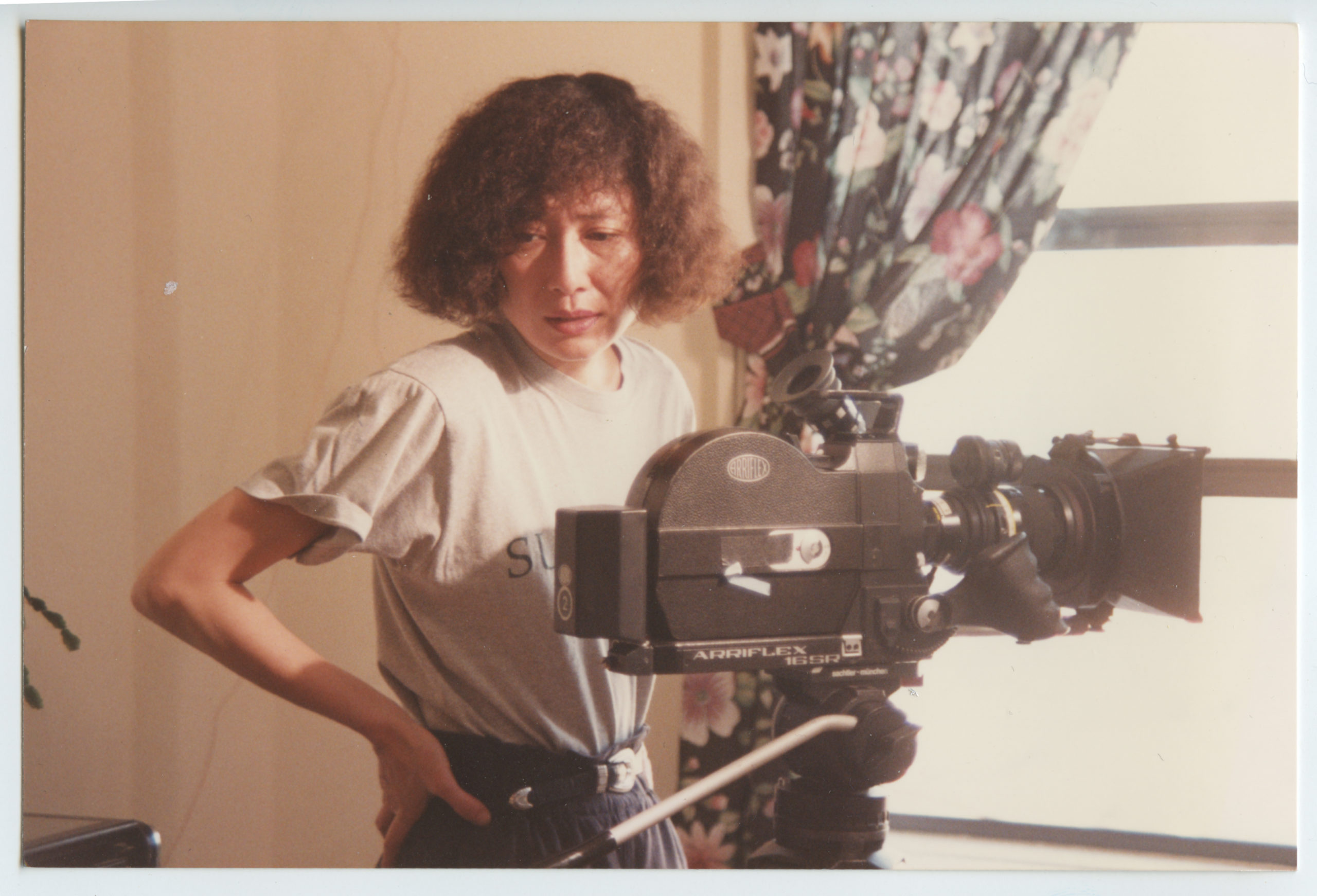Filmmaker Christine Choy is best known for her Oscar-nominated, Peabody-winning documentary that she co-directed with Renee Tajima-Peña, “Who Killed Vincent Chin?” (1987).
Choy grew up in an eclectic household of women in the French Concession of Shanghai during the 1950s. Just before the Cultural Revolution, her family received permission from the government to leave China and join her father, who had a business in South Korea. At the age of fifteen, she was able to immigrate to the U.S. for study through a Korean Catholic school which had a sister school in New York City. Choy arrived at a time when the country was embroiled in protests for civil rights and demonstrations against the Vietnam War. She credits a film showing the human beings behind the war by Dutch filmmaker Joris Ivens for opening her eyes to the power of the medium. Though formally trained in architecture, Choy decided to make a shift and pursue a career in filmmaking. In 1972, Choy helped found Third World Newsreel, an alternative media arts organization supporting filmmakers who spotlighted voices and issues of communities of color often caricatured or ignored by mainstream media. Believing that a documentary filmmaker must take a position, “even if it might be jeopardizing your family, your fortune,” Choy possesses a fearlessness and activist spirit that clearly manifests in the more than 85 works she has directed, produced or photographed over the course of her long career. The stories her films have shed light on include a history of Chinese American organizing, from railroad to garment workers; the resettlement of refugees after the Vietnam War; the 1992 L.A. riots, as recounted from the perspective of three Korean women shopkeepers; and of course, the murder and subsequent fight for justice for Vincent Chin. A landmark in Asian American and documentary filmmaking, the film was newly restored and recently shown as part of MOCA Cinema: Spotlight on Women Filmmakers and the trove of materials that the filmmakers collected in the research and making of the film are preserved at MOCA.
